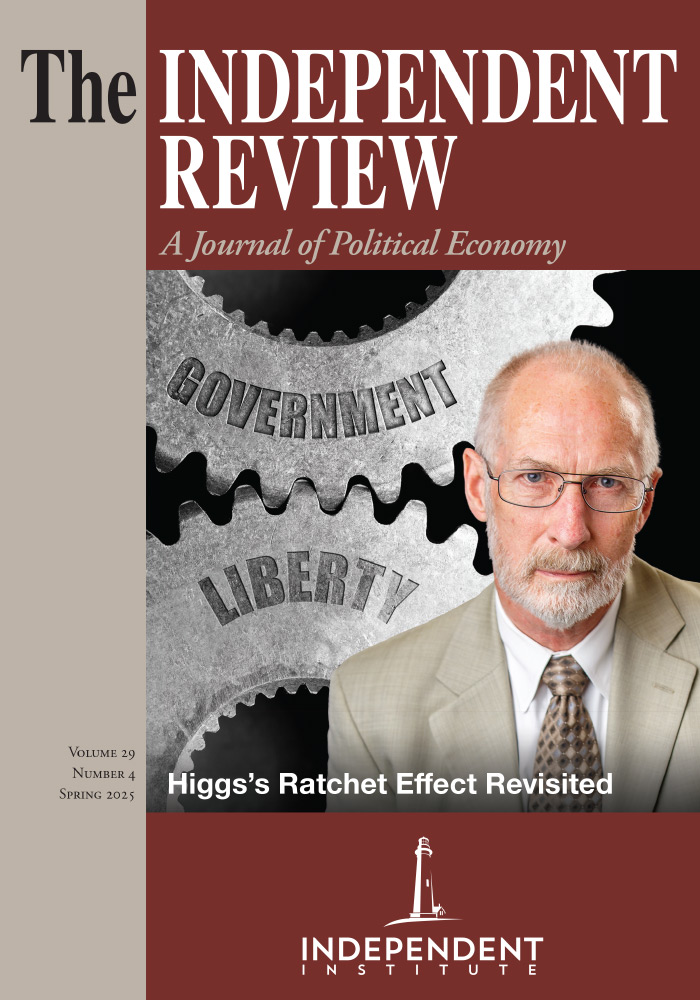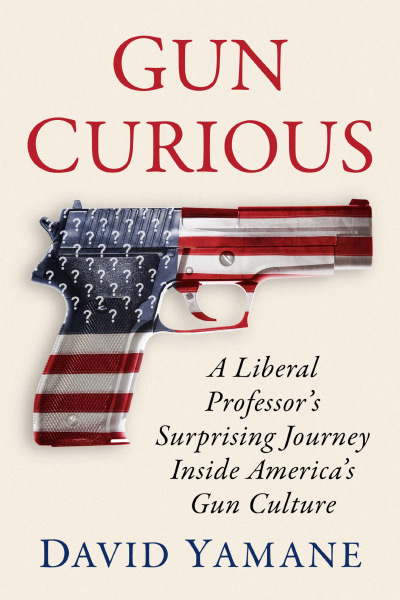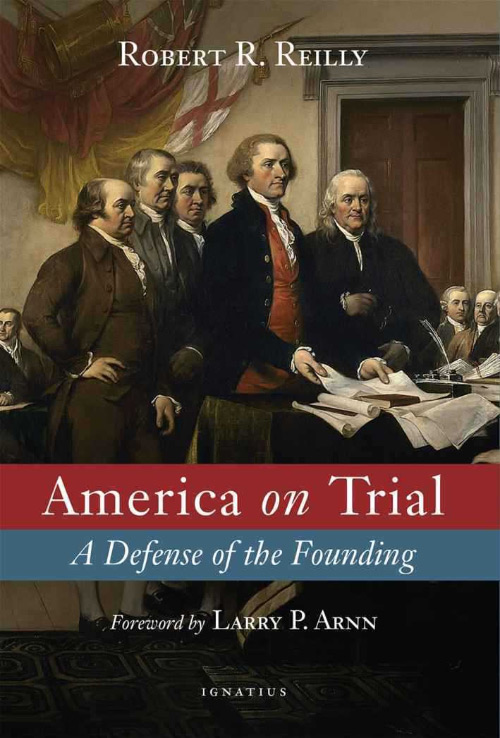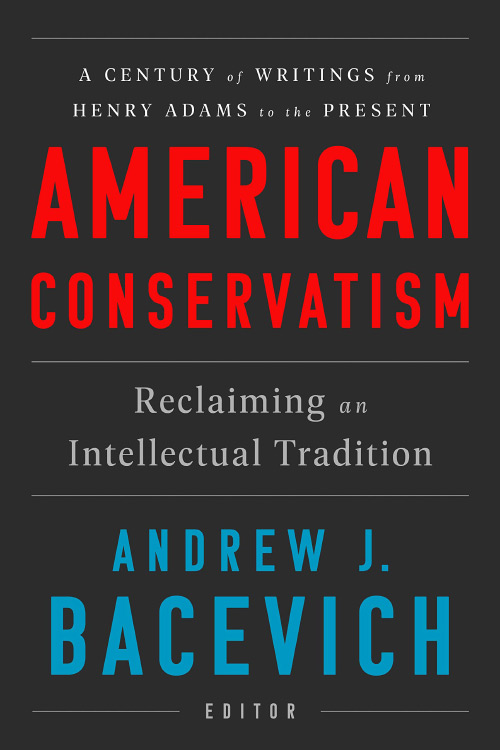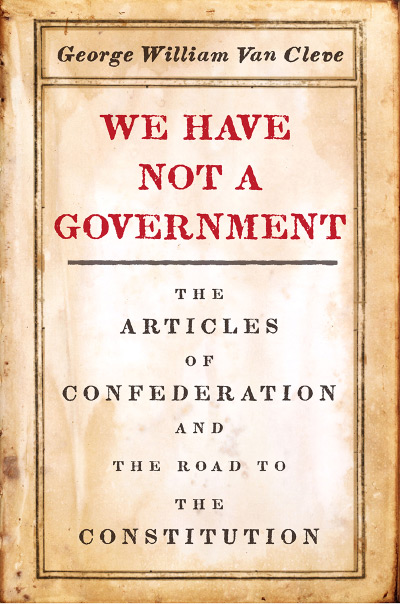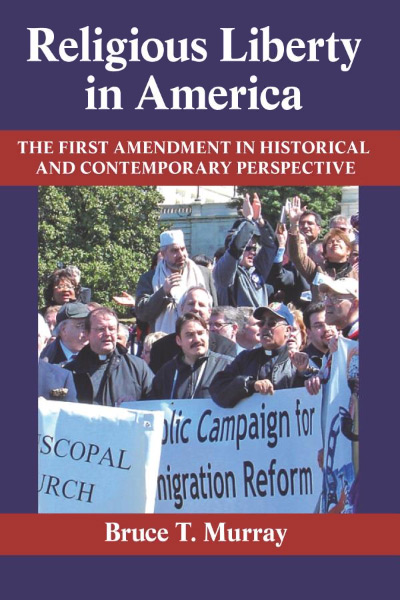In Gun Curious: A Liberal Professor’s Surprising Journey Inside America’s Gun Culture, David Yamane, a professor in the Department of Sociology at Wake Forest University, presents a distinctive perspective on the gun culture prevalent in the United States. As a self-identified liberal academic, the author developed a curiosity about firearms after witnessing a domestic altercation near his residence and viewing the History Channel program Top Shot, which enabled him to surmount his trepidation regarding guns, acquire marksmanship skills, and ultimately transition into the role of a gun owner. Yamane offers an insider’s viewpoint on a culture frequently misinterpreted by outsiders. The book is directed towards the “uninitiated” individuals regarding firearms, gun culture, and gun ownership, acting as a conduit between those who approach firearms with apprehension and the multitude of Americans who own them.
Yamane’s principal thesis asserts that “guns are normal and normal people use guns” (pp. 1, 17). While this assertion may be provocative to certain audiences, it serves as the cornerstone of his examination of American gun culture. He contends that gun ownership is widespread and commonplace rather than inherently associated with deviance or abnormality. This perspective counters the dominant narratives prevalent in academia and the media, which often focus exclusively on the adverse facets of gun ownership.
The book commences with a valuable glossary of gun terminology, complemented by visuals of firearms, thereby providing a foundation for readers unfamiliar with the subject matter. Yamane subsequently structures his discourse around his personal journey into gun ownership alongside his academic research on American gun culture. He investigates the historical and anthropological context of weaponry within human society, asserting that the human-weapon relationship constitutes a “biosocial tattoo” tracing back to our prehistoric ancestors (p. 41). He also assesses the phenomenon of “gun super-owners” (individuals who possess more than the national average of 5.02 firearms) (p. 45), the controversial AR-15 rifle, the concealed carry movement, risk assessment and risk factors of gun ownership, and being a responsible gun owner through firearms education and training. Each topic is approached with a synthesis of personal anecdotes, qualitative ethnographic research, and sociological analysis.
One of the most substantial chapters in the book is the seventh chapter, where the author acknowledges that firearms can present risks leading to adverse consequences, including accidents, suicide, and violent crime. Yamane skillfully introduces the reader to the term “melancholy accidents,” as discussed in Peter Manseau’s book Melancholy Accidents: Three Centuries of Stray Bullets and Bad Luck (Melville House, 2016). The book uses a selection of brief newspaper articles detailing firearms accidents arising from poor judgment and adverse circumstances over the eighteenth, nineteenth, and early twentieth centuries in American history. As Yamane aptly describes, these incidents exemplify “... the combination of human fallibility and lethal weapons” (p. 110). Manseau illustrates that firearms have historically been an integral aspect of American life, leading to accidental injury and fatalities for centuries.
Still, others have argued (see, for instance, Johns Hopkins Center for Gun Violence Solutions, “A Year in Review: 2020 Gun Deaths in the U.S.,” [April 2022]: 1–40) that these types of accidental firearm injuries and fatalities should not be classified as blameless melancholy accidents; instead, they ought to be framed as unintentional shootings, where “[t]his shift is meant to highlight the fact that playing with a gun or handling a gun while under the influence of alcohol or leaving a gun where it can be accessed by a child are preventable behaviors” (p. 111). Yamane also wants these serious mistakes and negative outcomes to be discussed openly in the American gun community. This community has traditionally shied away from the topic because of the stigma many gun owners feel (even those who use their firearms safely) when these events occur and do not want to make themselves vulnerable to attack by pro-gun control coalitions. The author further challenges his readers to reflect on the topic of gun safety. Those who adopt a “safety from guns” perspective—viewing firearms and gun ownership as risk factors with detrimental effects on American society—are urged to consider the “safety with guns” viewpoint, which is held by gun owners who recognize the normalization of firearms among tens of millions of Americans who own them. These individuals advocate for the education and training necessary to prevent adverse outcomes and perceive firearms as potentially beneficial to society. Yamane posits that this shift in perspective could diminish the negative risk factors associated with firearms while simultaneously honoring the rights of gun owners.
Although I remain skeptical that proponents of the “safety from guns” perspective will ever acknowledge firearms as having a constructive impact on American society, I agree with the author that they must confront the reality that, as of 2019, there are approximately 65 million gun owners and 326 million firearms owned in the U.S. (see, for instance, John Berrigan, Deborah Azrael, and Matthew Miller, “The Number and Type of Private Firearms in the United States,” The Annals of the American Academy of Political and Social Science 704 [1]: 70–90). It is evident that these firearms will not be disposed of or destroyed in the near future; therefore, there is a compelling argument for fostering the development of firearms education and training programs at the county, state, and federal levels in the U.S. While I also concur with Yamane that a “safety with guns” approach will not eliminate the risks posed by firearms to their owners, it is important to note that the gun owners who have received the necessary education and training to recognize firearms as inherently dangerous tools, will be better equipped to assess the risks associated with firearms ownership in their lives and the lives of their families. They can, accordingly, take steps to mitigate these risks as much as possible, which is part of the author’s objective in assisting gun owners in becoming responsible citizens who are armed. This balanced perspective on gun safety is refreshing to see, given that the debate on guns in America is often characterized by polar extremes.
In the realm of related literature, Gun Curious holds a distinctive position within the broader framework of social science research concerning gun culture and ownership in the U.S. It serves to connect academic research into firearms and gun violence—predominantly concentrating on criminological and epidemiological perspectives—with anthropological and evolutionary biology literature, as well as using various anecdotal and ethnographic qualitative methodologies when analyzing gun culture and gun ownership. A contrast to Yamane is Mark Joslyn and his research. Joslyn is a professor in the Department of Political Science at the University of Kansas, specializing in political attitudes and behaviors toward gun ownership. He published the book The Gun Gap: The Influence of Gun Ownership on Political Behavior and Attitudes (Oxford University Press, 2020), which draws on extensive quantitative analysis from the American National Election Studies (ANES) and the General Social Survey (GSS) survey data. The book examines public perceptions regarding the prevalence of firearms within American gun owners’ social circles. Notably, Joslyn admits in the introduction of his book that he has neither owned a gun nor engaged in gun politics. Understanding that many social scientists, like Joslyn, study American gun culture without fully engaging in the use of firearms—unlike Yamane—provides him with a unique academic and practical perspective to offer insights into the American gun community, as he has articulated in his publications. This, in turn, contributes to the advancement of social science literature on American gun culture. Both Joslyn (pp. 189–200) and Yamane agree that American gun owners require further examination of their political attitudes and behaviors, highlighting the notable diversity within the demographic of gun owners. Thus, I urge more social scientists and scholars to embrace Yamane’s approach of immersing themselves in a gun culture not only by exploring the literature on firearms but also by participating in target shooting and the physical practice of engaging safely with firearms.
Although Gun Curious offers many valuable insights, it has weaknesses. While engaging, Yamane’s reliance on qualitative methods and personal anecdotes may leave some readers desiring additional quantitative evidence to support his assertions. Critics might contend that his ethnographic research, although useful, does not offer a comprehensive view of gun ownership in the United States.
One strength of the book is the author’s willingness to engage with controversial topics; however, Yamane’s examination of certain aspects of gun culture may not meet the expectations of readers who seek definitive answers or policy recommendations. His nuanced approach, while demonstrating intellectual honesty, occasionally results in conclusions that may appear ambiguous. For example, while informative, his discourse on AR-15s fails to present a clear position regarding the weapon’s use by civilians (p. 58).
In addition, there are areas where the book could be improved. For example, the comparison between gun ownership and alcohol consumption (pp. 22–24) may be seen as a case of “whataboutism” by critics. While Yamane acknowledges this, he could have provided more robust evidence to support this analogy. Furthermore, the author’s assertion that America’s heated debate over guns “. . . may be informed, but will not be resolved, by empirical data about guns, self-defense, crime, violence, suicide, accidents or anything else. Powerful cultural forces ensure this” (p. 169) may spark controversy among peers and social scientists. While it is undeniable that cultural factors significantly influence attitudes toward firearms, it may be hasty to dismiss the potential impact of empirical data. Future research could investigate the interplay between empirical evidence and cultural values in shaping public opinion concerning gun-related issues.
Despite these limitations, the book’s principal appeal to readers is its capacity to facilitate dialogue. Yamane’s identification of having a “hybrid identity”—a liberal professor gun owner—affords him a distinct perspective (one which I understand well as a Ph.D. candidate in political science and a gun owner myself). He articulates a sense of being caught between two disparate social spheres, never entirely at ease in either traditional academia or mainstream gun culture. This unique positioning enables him to provide critiques and insights that should appeal to readers who are weary of the more entrenched voices at either end of the spectrum dominating the debate on guns in the U.S. Lastly, the author consistently underscores the necessity for empathetic discussions across ideological divides, contending that the resolution of gun violence necessitates a mutual understanding among Americans with diverse values and beliefs. This call for civic grace and broadened perspectives represents arguably the most significant message of the book, that it is okay and encouraged to be “gun curious.”
In conclusion, Gun Curious is a thought-provoking exploration of American gun culture from the unique perspective of an academic gun owner. While it may not resolve the ongoing debates surrounding guns in America, it provides a valuable framework for more informed and empathetic discussions. In a political climate often characterized by polarization, Yamane’s call for understanding across different political beliefs is both refreshing and necessary. Whether one agrees with all of the author’s conclusions or not, Gun Curious provides a valuable perspective that is often missing from academic and public discourse on guns. By encouraging readers to approach the topic with curiosity rather than preconceived notions, this book opens the door for more productive conversations about gun culture, gun ownership, gun rights, and gun safety in America.

